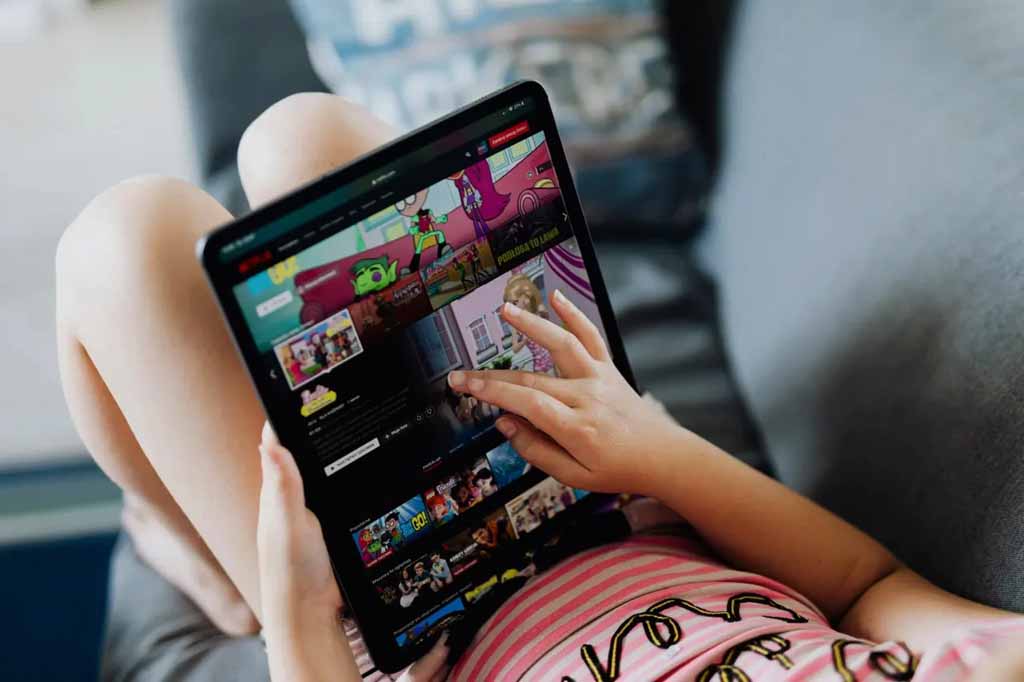Is it possible to navigate the complex landscape of online content, discerning between entertainment and exploitation, cultural exchange and potentially harmful material? The digital realm presents a double-edged sword, offering unprecedented access to diverse forms of media while simultaneously exposing users to content that may be inappropriate, misleading, or even illegal.
The internet, with its global reach, has become a vast library, a cinema, and a marketplace all rolled into one. However, like any public space, it is not without its dangers. Content creators and consumers alike must exercise caution and critical thinking, understanding that what appears on a screen may not always reflect reality. The lines between artistic expression, cultural representation, and outright exploitation can often become blurred, making it crucial to approach online content with a discerning eye.
Let's consider the varied online offerings. Platforms and websites such as "Pinayflix" are marketed with the promise of access to specific content, often described as "pinay porn." These sites may feature "pinay scandal videos," "rare filipina videos," and "asian amateur clips." The frequency of content updates and the promise of daily releases aim to maintain user engagement. This is not an isolated phenomenon, and many platforms use the same marketing strategies to attract users.
Additionally, content providers often use promotional language to entice users. Terms like "amateur" and "premium" videos are frequently employed, creating a hierarchy of content and implying different levels of production value or exclusivity. The availability of such content on platforms such as Pornhub further increases its visibility and accessibility.
However, it is important to recognize that the internet is not a monolithic entity. There is also a thriving ecosystem of platforms dedicated to sharing diverse forms of media and cultural content. Platforms like Pinayflix, in another context, aim to provide access to a different type of content: Filipino movies, television shows, documentaries, and original programming. They are aimed at both local audiences and the Filipino diaspora, acting as a bridge between the Philippines and global audiences. They can offer a variety of content, from dramas and comedies to exclusive content.
To better understand the nuances of content delivery, here's a breakdown:
| Category | Description | Examples/Platforms |
|---|---|---|
| Pornographic Content | Content of an explicitly sexual nature, often featuring amateur or professional performers. | Pinayflix (specific context), Pornhub, Kainpepe, Pinayflixtv.net |
| Filipino Entertainment | Content created in the Philippines, aimed at both domestic and international audiences. | Pinayflix (in a separate context), iwanttfc, Vivamax.net |
| Content Aggregators | Platforms that collect and curate content from various sources, sometimes including user-generated content. | Social media platforms (Instagram, TikTok), general streaming services. |
The presence of diverse forms of content on the internet raises important questions about responsibility and discernment. For instance, the promotion of platforms that distribute sexually explicit material calls for a critical examination of potential risks.
In examining these platforms, it's crucial to consider the context of their creation and the potential impact on viewers. Specifically, content of this nature may expose individuals to exploitation, reinforce harmful stereotypes, and contribute to a culture that normalizes objectification. Therefore, it's critical to evaluate the potential ethical and social implications of consuming and supporting such content.
On the other hand, there are platforms that seek to celebrate Filipino culture and promote Filipino cinema. They aim to provide access to content that showcases the vibrancy of Philippine storytelling. They also offer a crucial link for Filipinos living abroad to maintain their cultural connections and share them with others.
The availability of content, regardless of type, raises vital questions about the role of regulation and the responsibility of platforms. While some advocate for strict censorship, others argue for freedom of expression and the right to access information. However, this must be balanced with the need to protect vulnerable individuals and prevent the spread of illegal or harmful content.
The use of content from the Philippines is notable. The term "Pinay," frequently used in the context of adult content, and also in a broader context for artistic or cultural media, reflects the growing global interest in Filipino culture. This interest is a double-edged sword, opening opportunities for representation and cultural exchange but also carrying the risk of exploitation and misrepresentation.
In the end, the responsibility for navigating the digital landscape rests with the individual. Education, critical thinking, and a commitment to ethical consumption are crucial for safeguarding against the dangers and maximizing the benefits of the online world. It is important to be aware of the motivations behind the content, the potential impact on oneself and others, and to be prepared to make informed decisions about what one chooses to view and support.
The shift towards online content consumption offers an unparalleled opportunity for cultural exchange. As mentioned above, platforms such as Pinayflix, in its broader context, seek to bridge the gap between the Philippines and the rest of the world. This includes the creation of diverse and rich content. They are trying to connect the Filipino diaspora with their cultural heritage. They are also trying to introduce this culture to new audiences across the globe.
The role of entertainment is a dynamic one in contemporary society. The rise of platforms that facilitate content creation has also led to greater diversity in the media landscape, offering opportunities for voices and stories that were previously marginalized. This is particularly significant for cultural representation and the promotion of inclusive narratives.
The ability to share and promote content across various platforms, as seen on social media sites such as Instagram and TikTok, further expands the reach and impact of content creators. This can be a powerful tool for cultural preservation and the promotion of understanding. It is crucial for content creators to understand their influence and the implications of their work.
This also raises important questions about censorship and freedom of expression. This tension is more prevalent than ever in our interconnected world. It is crucial to ensure that the right to creative expression is protected while also safeguarding against the potential harms of certain content.
The discussion on online content is far from concluded. Technology evolves at an exponential rate, along with the challenges and opportunities it presents. It is critical that as users we remain informed, adaptable, and committed to ethical online practices. The need for cultural sensitivity is also critical. This is especially true when engaging with content from different cultures.
Consider the impact on young people. Children and adolescents are particularly vulnerable to the risks associated with inappropriate content. Parents, educators, and other caregivers must play a vital role in providing guidance and promoting digital literacy.
The digital landscape is not a free-for-all. Platforms and content creators must be accountable. It is essential to establish and enforce clear guidelines and protocols. They should also implement robust measures to prevent the spread of harmful content.
The rise of user-generated content has also shifted the dynamics of media consumption. The internet offers unprecedented possibilities for individuals to share their stories. This democratized access to content can also pose new challenges in terms of content verification and trust. The need for media literacy skills is therefore more important than ever.
The evolution of online content mirrors the dynamic and interconnected nature of our world. This demands that we evolve as well. We must approach online content with a spirit of curiosity, but also with a clear understanding of the risks and responsibilities.
Here is some additional information for context.
| Content Category | Description | Potential Risks/Considerations |
|---|---|---|
| Adult Content | Explicitly sexual material, often with a focus on visual representation. | Exploitation, potential for objectification, and risks of addiction and psychological harm. |
| Cultural Content | Content that showcases a particular culture or subculture. | Potential for misrepresentation, cultural appropriation, and the reinforcement of stereotypes. |
| User-Generated Content | Content created and shared by individuals rather than traditional media outlets. | Challenges of verification, misinformation, and the potential for harmful content to spread rapidly. |
The future of online content consumption will likely be defined by ongoing debates about freedom of expression, content regulation, and ethical standards. The challenge lies in creating a digital ecosystem that balances creative expression, cultural exchange, and the protection of individual safety and well-being.
The internet is a double-edged sword, a tool for connection and a source of potential harm. By cultivating critical thinking skills, promoting media literacy, and fostering an open dialogue about responsible online practices, we can navigate the digital landscape with greater confidence and contribute to a safer and more enriching online experience for all.
In conclusion, the internet demands that we become discerning consumers of content. It is a complex landscape, full of entertainment, culture, and information. It is also full of potential dangers.


